As the tools of technology improve the fields of medicine and communication, these changes have radically changed the modern assisted-living facility. As reported by Forbes, this is turning the elder care industry into one of the nation’s biggest technology opportunities, with projected revenue of $319 billion dollars in 2016.[1]
Dynamic Technology Changes for Assisted Living Facilities
Whereas these facilities traditionally needed only phone service in each room and a few centrally-located televisions, the advancing benefits of the Internet have greatly changed what is expected and what is possible. These changes have occurred in three major areas:
- Residents: New residents moving to an assisted-living facility are more connected to their friends and family than ever, thanks to online communication and social media. Their new homes need to reflect and enhance those connections.
- Community: With a range of media possibilities and online interactions, technology can help to foster community between small groups and the facility as a whole.
- Facility: Highly efficient technology is a crucial part of a well-functioning and profitable assisted-living facility, and includes hardware such as computers and software such as facility management programs.
Technology Requirements for a Modern Resident Experience
One of the biggest changes for modern assisted-living residents has been the use of the Internet for communication, entertainment and other necessities. Wireless Internet access is now a basic requirement for these facilities, and it needs to be fast enough for each resident to stream video and use video calling services if they wish – a crucial aspect of personal connection in the modern world.
Logistically, these wireless networks need to cover all office areas and community spaces as well. The complexity of these systems is such that they generally need to be installed by a technology expert to ensure adequate coverage, as deficiencies in these signals can be highly frustrating – one of the most easily avoided causes of poor reviews by residents and visitors.
Using Technology for Entertainment
Televisions, though not necessarily a requirement, are generally considered one of the standard upgrades that residents are looking for in a facility. Each facility can offer various programming packages for different rates, and may offer additional services like DVR or pay-per-view movies. Flat-screen displays can be mounted on the walls to save space, and may even be used to send messages to residents about community events through a variety of messaging systems. Many cable providers now offer channels and content designed specifically for seniors and assisted living facilities, including entire television systems.[2]
Building a Community through Technology
A facility’s sense of community can be cultivated using technology in a number of ways. Organizationally, a public community calendar may be maintained via online applications (e.g. Facebook) or in-house software, alerting family and friends to events in the community. These systems can also be used to notify residents of upcoming events, send messages within the community, and provide forums for discussion.
Technology can also be used to implement or enhance specific activities, such as adult enrichment education classes, art instruction, and entertainment such as movies or games. More seniors than ever are also playing video games, according to the Chicago Tribune,[3] particularly systems that encourage activity like the the Nintento Wii. Computer labs available to the entire community may be useful for group instruction, sharing photos, and maintaining connections for residents who may not own a computer.
Crafting a High-Tech Assisted Living Facility
The technical aspects of operating an assisted living facility can be split into hardware and the software. Hardware includes computers, networks to tie them together, and any other devices such as tablets or smartphones. Tablets are increasingly used for caregiver documentation, such as travelling with the med cart or caregiver to document individual cares and medication passes. Use of monitoring devices like telehealth monitors is expected to save millions of dollars annually for elder care patients in and out of assisted-living facilities, as reported by Reuters.[4]
Management software is increasingly becoming a integral part of efficient assisted-living operations, creating a flexible and reliable record of care. These systems can incorporate many important aspects, including scheduling, billing, payroll, accounting, medical records, medication delivery, proper documentation, community events and daily facility operation. These programs often have separate portals for staff, residents and family members, allowing each group to receive a unique set of information as appropriate. These changes are poised to take assisted living into the modern era, just as people begin using these facilities with greater numbers than ever before. Learn more about the benefits of using software at your facility.
Resources:
[1] http://www.forbes.com/sites/michaelwolf/2014/04/24/heres-why-elder-care-may-be-the-next-billion-dollar-technology-opportunity/
[2] http://seniortv.com/senior-trends-for-2015-trends-in-the-senior-care-industry/
[3] http://articles.chicagotribune.com/2013-06-02/news/ct-met-bolingbrook-video-gamesi-seniors-20130602_1_video-games-allaire-wii-bowling-tournament
[4] http://www.reuters.com/article/2012/04/12/us-usa-economy-healthcare-aging-idUSBRE83B1BY20120412


